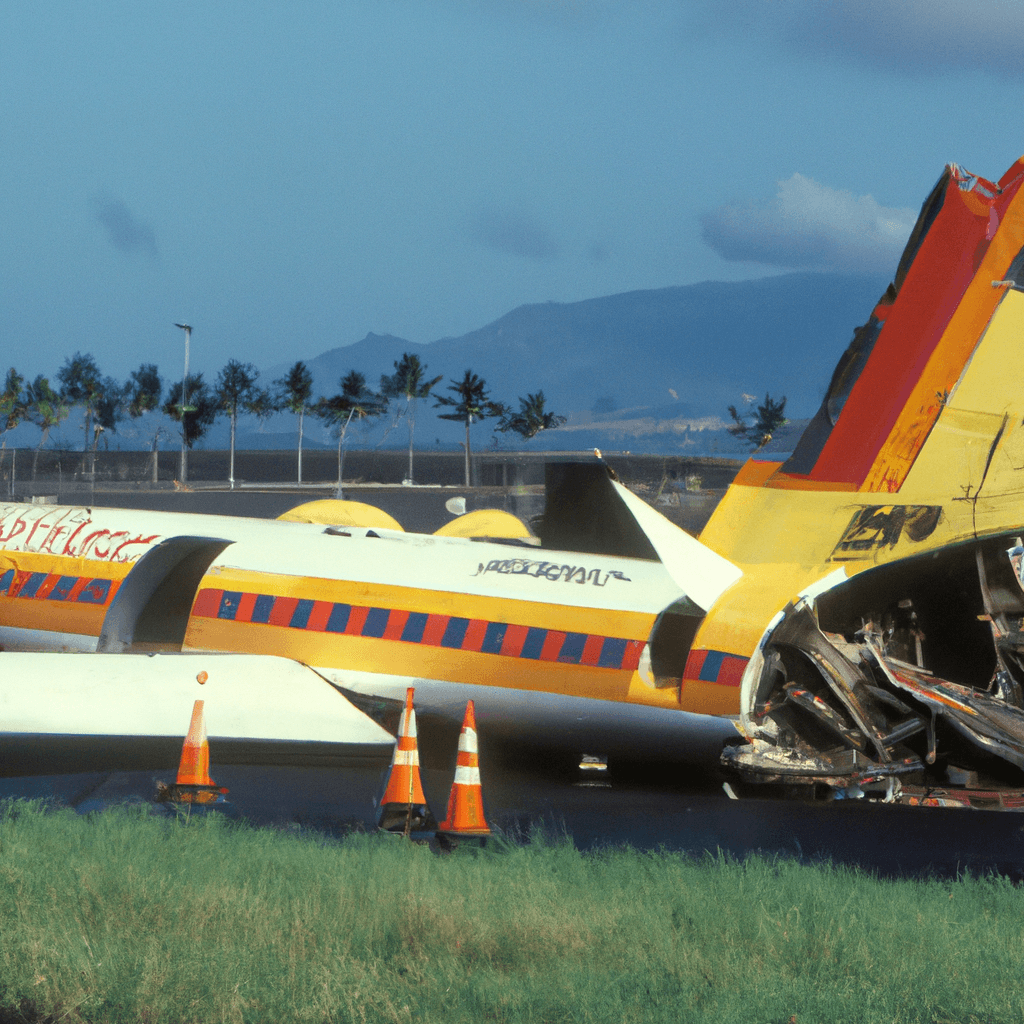Understanding Aviation Safety: The Kamaka Air Incident at Honolulu's Daniel K. Inouye International Airport
A closer look at the aviation accident and its implications for safety in Hawaii

On a routine day at the Daniel K. Inouye International Airport in Honolulu, Hawaii, an incident involving Kamaka Air Inc. has brought aviation safety into the spotlight. While flying is considered one of the safest modes of transportation, events like this remind us of the necessity for vigilance and adherence to safety protocols.
The Incident Overview
Recently, Kamaka Air, a regional airline known for its inter-island flights, experienced an aviation incident that raised eyebrows and concerns within the aviation community. Fortunately, there were no reported injuries, but the event underscored the importance of regulatory compliance and emergency preparedness.
What Happened?
According to preliminary reports, the incident occurred during the aircraft’s takeoff sequence. A sudden mechanical failure led the pilots to make an emergency decision that ensured the safety of all on board. This quick and competent action from well-trained pilots led to a safe return to the runway. The incident is currently under investigation by the Federal Aviation Administration (FAA), along with local authorities.
Significance of the Incident
This event serves as a critical reminder of the inherent risks in aviation, especially in busy airports such as Honolulu. With its unique geography and massive tourist inflow, the demand for safe and efficient air travel in Hawaii continues to grow. Incidents like this can invigorate discussions about aviation safety measures, pilot training, and the importance of thorough inspections and maintenance of aircraft.
Regulatory Oversight
The FAA plays a crucial role in overseeing all aspects of aviation safety. In the wake of this incident, it is essential that the agency reviews all protocols in place for operators like Kamaka Air, focusing on the adherence to safety practices and ensuring that all staff are trained to handle emergency situations efficiently.
Conclusion
Accidents and incidents in aviation, although rare, can have far-reaching implications. The Kamaka Air incident at Daniel K. Inouye International Airport not only reminds us of the potential risks involved but also highlights the importance of a proactive approach to aviation safety. Stakeholders in Hawaii's aviation industry must work together to ensure that safety standards remain at the forefront as air travel continues to expand in this beautiful island region.